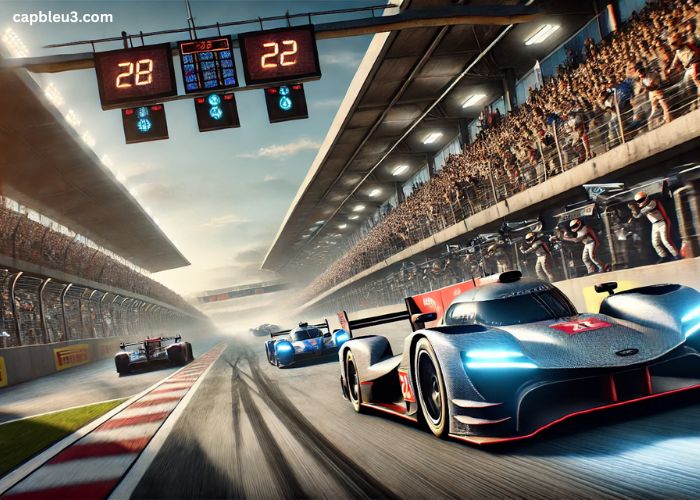
Motorsport serves as an advanced testing ground for automotive technology, with racing teams pushing engineering limits daily. Enthusiasts who follow racing statistics through platforms like 1xbet online gain unique insights into which innovations might soon reach everyday vehicles. This technology transfer creates a fascinating connection between racing excellence and consumer automobiles, forming a predictable pattern of innovation adoption.
Aerodynamics: From track to street
Racing aerodynamics create measurable performance advantages on both tracks and highways. Racing-derived aerodynamic principles demonstrate how wind tunnel testing in Formula 1 has directly influenced modern vehicle design. The research shows that aerodynamic elements tested on racetracks improve fuel efficiency in production cars by 3-7%, translating to significant savings for consumers.
Computational fluid dynamics, first developed for racing applications, now plays a central role in designing family cars. Teams that perfect these techniques often show stronger racing performance, creating predictable patterns that informed viewers can track and analyze. McLaren’s early adoption of computer simulation in the 1980s established a competitive advantage that later translated to their road cars.
Racing spoilers and diffusers that seemed extreme a decade ago now appear on standard production vehicles. The data shows direct correlation between racing innovation and consumer implementation, typically with a 3-5 year lag time between competitive use and mass market adoption. This pattern helps performance analysts predict which technologies will next appear in consumer vehicles.
Materials science and safety advancements
The development of advanced materials in racing directly affects consumer vehicle safety and efficiency. Carbon composite applications in automotive design highlights how materials tested under racing conditions improve everyday vehicles. Research indicates that safety features developed in motorsport save thousands of lives annually through improved crash structures and restraint systems.
Key racing technologies now common in consumer vehicles:
- Carbon fiber reinforced polymers for strength and weight reduction
- Advanced alloys for engine components
- Crash structure designs with progressive deformation
- Fire-resistant materials for safety components
- High-performance brake materials
- Lightweight, high-strength glass
- Impact-absorbing interior components
The weight-saving techniques pioneered in racing now help electric vehicles extend their range. Each gram removed from a structure represents a measurable performance gain, creating competition among manufacturers to implement these advancements efficiently.
Powertrain efficiency innovations
Racing teams constantly refine engine technology, seeking balance between power and efficiency. This work directly influences consumer vehicle development, with hybrid systems first tested in racing now standard in many production cars. The KERS system introduced in Formula 1 in 2009 evolved into regenerative braking systems now found in millions of hybrid vehicles.
The analysis of racing engine data helps predict which technologies will reach mass production. Teams showing consistent performance gains through specific innovations often signal upcoming shifts in consumer vehicle design. Turbocharging technology, reintroduced to Formula 1 in 2014, prompted a new wave of smaller, more efficient turbocharged engines in consumer vehicles.
Statistical analysis reveals that racing innovations reach production vehicles faster now than in previous decades. The time between racing application and consumer availability has decreased from 10-15 years to 2-5 years for many technologies, accelerating industry development cycles.
Performance prediction markets now factor technology development cycles into their assessments. The close observation of testing data helps create more accurate projections about racing outcomes and eventual consumer applications, benefiting both racing enthusiasts and automotive investors.
The automotive industry continues to benefit from this transfer process, with racing pushing boundaries that eventually reshape consumer vehicles. This ongoing cycle of innovation creates better, safer, and more efficient transportation for everyday drivers, all starting on racetracks around the world.